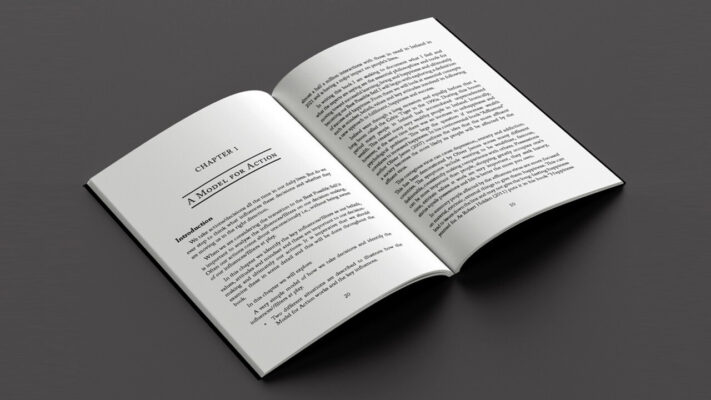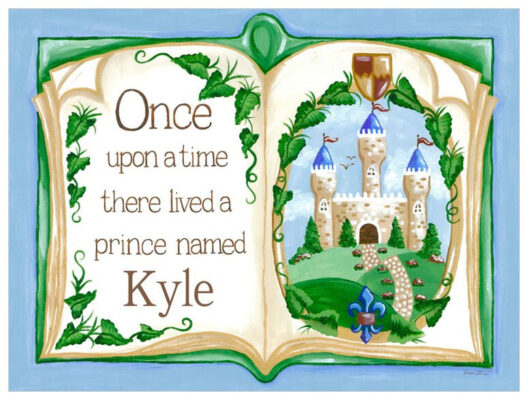Have you ever wondered how some authors fill hundreds of pages with captivating stories while others stretch them out just a little too long? There’s a fine line between page-turner and snoozefest, and finding the answers lies in how authors fill their books’ spaces. Through witty dialogue, intricate world-building, or those endless internal monologues, writers have mastered expanding their narratives. But sometimes, let’s face it, they’re just adding words to hit that word count. In this blog, we’ll dive into the tricks of the trade—how authors balance creativity with content and when a little extra fluff might be precisely what the story needs. Grab your favorite book (or the one you struggled to finish), and let’s explore the fine art of literary padding!
How to Fill the Gaps in Your Plot

Plot holes can be the bane of any writer’s existence, but don’t worry—patching them up is a crucial part of the creative process. Whether you’re writing a novel or a short story, here are some tips on how do you fill in space or lead up to important points to create a seamless, engaging narrative.
Identify the Gaps
To find gaps in your story.
- Reread with Fresh Eyes: Take a break from your draft. Returning with a clear mind can help you spot inconsistencies and areas that need more development.
- Track Plot Threads: Monitor each storyline and subplot. Watch for any threads that fizzle out or reappear without explanation.
- Check for Consistency: Ensure character actions, settings, and timelines are consistent. Characters should act according to their traits, and settings should match the world you’ve built.
Ask Questions
Asking questions can lead you to uncover potential issues and make you understand how to fill space between events.
- Why is This Happening?: Analyze significant events and plot twists. Make sure each one is justified within the story. If something feels forced, it might be a gap.
- How Does This Affect the Plot?: Check how each plot point impacts the overall story. Ensure that every event contributes to the main narrative and drives it forward.
- What Are the Consequences?: Reflect on the consequences of critical events. Ensure these outcomes are addressed in the story; missing consequences can indicate a gap or need for additional details.
You’ll identify and fix gaps by rereading your manuscript and asking these questions, making your narrative more cohesive and engaging.
Dialogue: Conversations That Count

Dialogue is crucial for authors, revealing character, advancing the plot, and occasionally stretching the page count. It lets readers see personalities clash, secrets unfold, and emotions simmer beneath the surface. Sometimes, though, conversations can feel lengthy—think of Mr. Collins in Pride and Prejudice or the extended chats in The Lord of the Rings. While these moments might seem drawn out, they often serve a purpose, offering insight or simply giving the reader a breather. In the end, dialogue enriches the story, making both the journey and the characters more engaging—even if it involves a bit of extra talking.
Descriptive Passages: Painting the Picture

Descriptive passages allow authors to create vivid, immersive worlds with words. Whether it’s a detailed fantasy landscape or a cozy café, these scenes help readers dive deeper into the story. Done well, they enhance the narrative, like Tolkien’s lush Middle-earth in The Hobbit or the moody moors in Wuthering Heights. However, at times, descriptions can drag on—ever read more about curtains than the plot? Yet, these passages often slow the pace, giving readers a moment to breathe and soak in the atmosphere. Ultimately, they bring stories to life, making the journey as enjoyable as the destination.
Subplots: The Side Quests of Literature
Subplots are the hidden gems of storytelling, adding depth and complexity to the main narrative. Like side quests in video games, subplots allow readers to explore secondary characters and themes while deepening the tale. Consider Ron and Hermione’s romance from Harry Potter or Nick and Jordan’s intertwined affairs from The Great Gatsby as examples; subplots enrich the narrative while giving secondary characters their moment to shine–look at Game of Thrones for proof! While not every subplot can hit its target, all subplots still add layers and suspense or provide a much-needed respite from the main action while making tales even more vibrant than ever!
Inner Monologues: The Mind’s Ramblings

Inner monologues reveal the characters’ most profound thoughts and emotions, giving us a unique look into their minds. Action alone might miss this layer of depth; for instance, Holden Caulfield’s introspection in The Catcher in the Rye or Clarissa Dalloway’s reflections in Mrs. Dalloway allow us to comprehend their inner struggles and motivations better.
Inner monologues can add depth and nuance to a story by depicting internal debates and growth; however, they can sometimes drag out too far, slowing the pace with excessive rambling. Still, inner monologues remain powerful tools for adding nuance and depth and giving readers access to one character’s mindscape.
Flashbacks and Backstory: A Trip Down Memory Lane
Flashbacks and backstories serve as literary time machines, offering readers glimpses into events from the past that impact present-day characters and plot developments. Flashbacks provide essential context for character motivations and developments; in To Kill a Mockingbird, for example, flashbacks help demonstrate Scout Finch’s upbringing; similarly, in The Godfather, flashbacks chronicle Vito Corleone’s rise to power through flashbacks.
Backstories can often be seamlessly interwoven into the narrative, such as Scarlett O’Hara’s backstory from Gone with the Wind, which helps explain her actions. However, too many flashbacks or extra backstories may slow the pace and interrupt its flow; nevertheless, these elements enrich the tale by providing depth to both the characters and the plotline.
Repetition and Recaps: Just in Case You Missed It
Repetition and recaps act as safety nets in storytelling, ensuring readers stay on track. They help reinforce important details, themes, or plot points, ensuring nothing crucial is missed. Melville often mentions the symbolic white whale in Moby-Dick to underscore its symbolic import; similarly, Fitzgerald uses green lighting in The Great Gatsby to illustrate Gatsby’s unfulfillable dreams.
Recaps can be particularly helpful when telling complex tales with multiple threads or long timelines, providing quick refreshers of critical events – similar to TV show recaps that offer quick refreshers on what has already occurred. However, excessive repetition or recaps can feel redundant or patronizing, potentially dragging down the story’s pace. Despite this, they ensure readers are well-informed and engaged, making the journey through the narrative smoother and more coherent.
Conclusion
Every element in storytelling—dialogue, descriptive passages, subplots, or flashbacks—plays an integral role in crafting engaging tales. We’ve explored how dialogue reveals character and drives the plot forward; descriptive passages create vivid scenes; subplots add depth and context; and worldbuilding’s role in crafting immersive settings and repetition and recaps reinforcing key points.
However, even well-written stories may need more clarification. To address this problem, rereading your manuscript with an analytical eye is crucial to identify any areas needing further development or clarity. This process helps uncover any areas requiring further expansion or refinement.
By adapting these elements and filling gaps in the narrative, you ensure your tale remains captivating and cohesive. By tapping into your readers’ insights, you can perfect your narrative for an unforgettable reading experience—the next great adventure in your story is only a tweak away!
